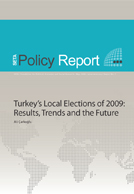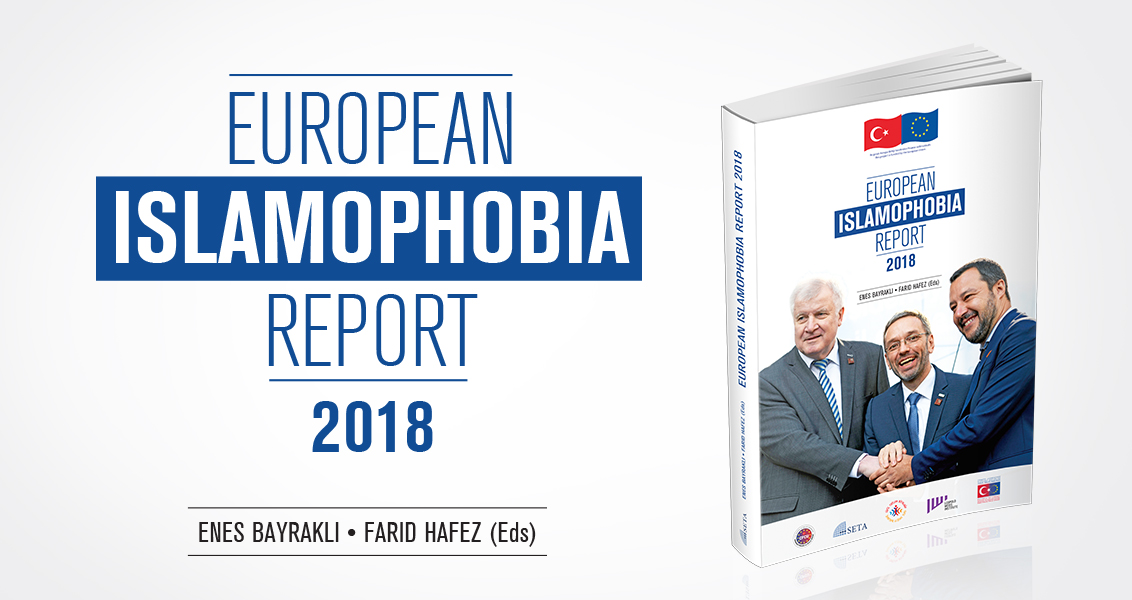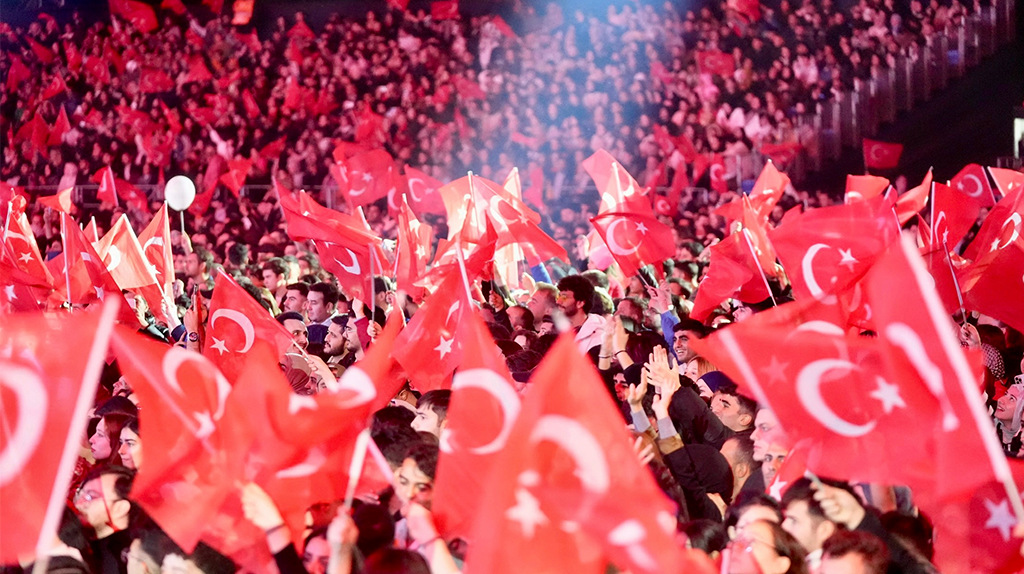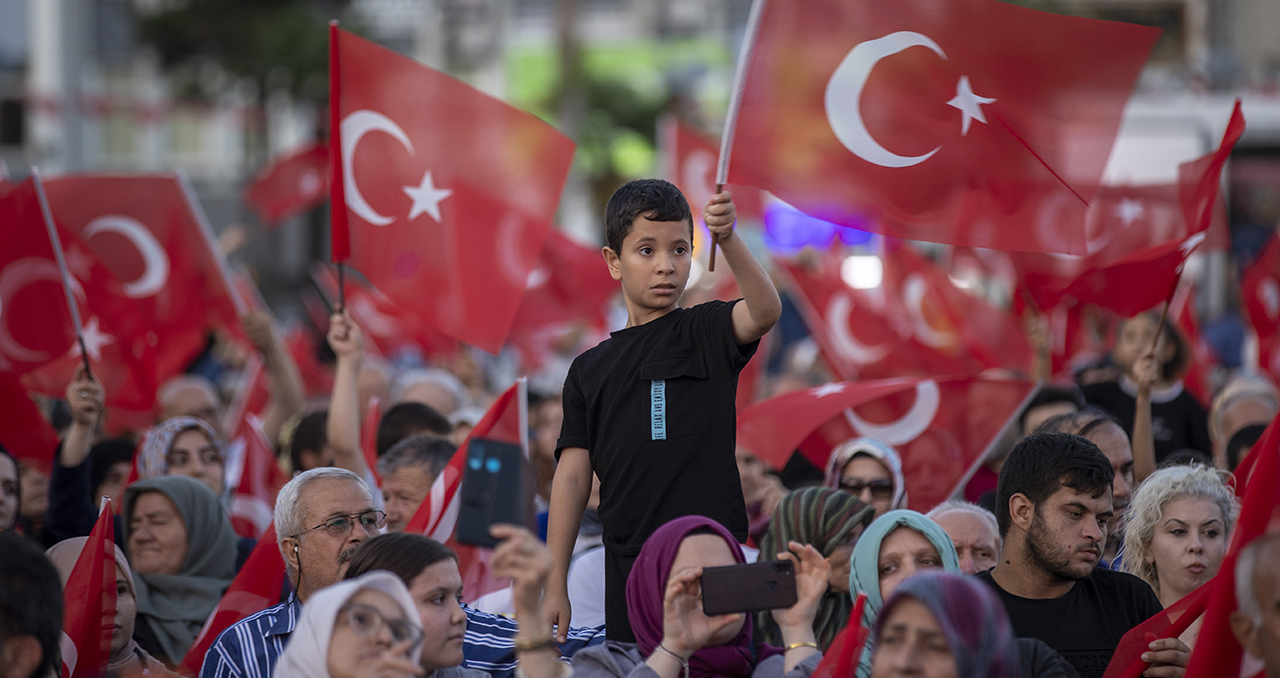This article aims at presenting a descriptive account of the March 2009 local elections in Turkey. Comparing the general and local elections since 2004, an overall evaluation of trends in electoral preferences is presented. Using provincial general council election results, a detailed geographical comparative analysis of the 2004 and 2009 local elections is also carried out. The analyses show that the AKP’s rise has stalled but it still remains as the dominant power in the party system. The electoral map continues to be divided between the coastal western and most developed provinces where the opposition is significantly supported, the east and southeastern provinces where the Kurdish ethnic electoral support is rising and the more conservative provinces in between where the AKP continues to be dominant with the MHP trailing behind. Even though the March 2009 elections had all the characteristics of a local election, they also revel the rising trends in electoral behaviour in Turkey.

Main Observations About the Election Results
We should be cautious about making comparisons between general election results and those of any one of the local elections. The local elections consisted contemporaneously in the selection of local headmen (muhtar) and the district mayor and council; moreover, the provincial or greater city mayoral, council, and general council elections were held on the same day. It is obviously a challenge for voters to meaningfully distinguish their choices across these elections, and it is virtually impossible for analysts to see through the unique factors that account for the variations across such a diverse body of elections. As I will underline below, however, there seem to be meaningful differences in various parties’ votes across different election types, which suggest different voting motivations on the part of the electorate in different localities. The following questions thus remain with us: Does the ideology or partisanship of the voter, independently from the appeal of various candidates, determine his or her choice in any one of these elections? To what extent does the national policy performance of the incumbent government in the economic sphere or other policy areas exert an influence over these election choices? Is the performance of the incumbent local administrators from muhtars to greater city mayors a salient factor that drives vote choice in local elections? How important is the appeal of the candidates, their credibility, experience, charisma, and project proposals for the localities in shaping voters’ decisions at the polls? The









